Anna Mani, remembering ‘The Weather Woman of India’.
Mani was a great physicist and meteorologist, who was Deputy Director General of the Indian Meteorological Department. As a student of CV Raman, she helped make India independent by measuring aspects of the weather and laying the groundwork for using solar and wind energy as alternative energy sources. Despite these successes, her story was not well known.
Anna Mani, who was born in 1918 in Kerala to a Syrian Christian family. She was the seventh of eight children. She made numerous valuable contributions to physics and meteorology. Her research enabled India to make accurate weather forecasts and paved the way for the country to harness renewable energy.

Anna Mani was also known as the “Weather Woman of India.”
She also assisted physicist and Professor C V Raman in his research on the optical properties of ruby and diamond.
She earned a B.Sc Honours degree in physics and chemistry from P Pachaiyappas College in Chennai in 1939 and went on to publish five research papers.
She enrolled at Imperial College, London, in 1945 to pursue graduate studies in physics.
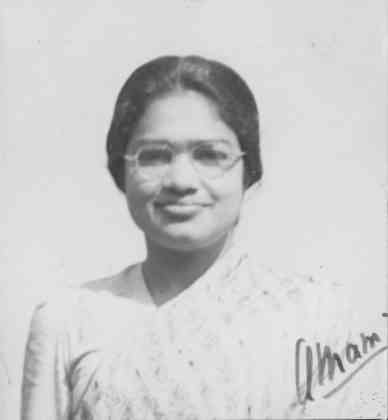
Anna Mani returned from London in 1948 and joined the India Meteorological Department in Pune, where she was in charge of arranging meteorological instruments.
Anna Mani later rose through the ranks to become the Deputy Director General of the India Meteorological Department, as well as holding several key positions in the United Nations World Meteorological Organization.
She received the INSA K. R. Ramanathan Medal in 1987 for her outstanding contributions to science.
Following her retirement, Anna Mani was appointed as a trustee of the Raman Research Institute in Bangalore. She also founded a company that produced solar and wind energy devices.
Abha Sur, a science historian from the Massachusetts Institute of Technology, who provided glimpses of Mani’s wit and good humour in her essay in Lilavati’s Daughters.
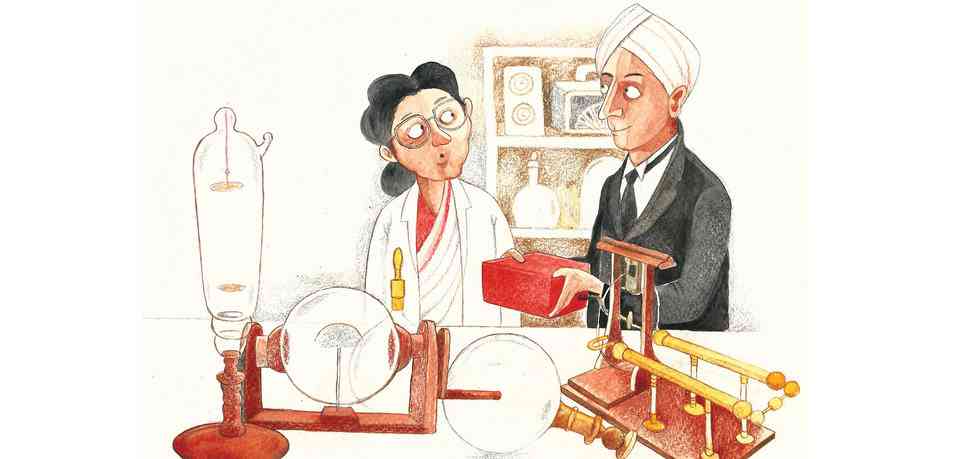
Sur interviewed Mani for the first time in 1992. Mani left the Indian Meteorological Department in 1976 to work at the Raman Research Institute in Bengaluru. Sur recalls their meeting vividly. Mani turned to a colleague and said, “Meet Dr. Sur.” She’s from America and believes I’m history. Despite being in her seventies, her life was far from idle. She was writing books and editing scientific journals in addition to her work at the Raman Research Institute.
From her interactions with her, Sur was able to learn important details about Mani’s life.
Her father, a civil engineer and cardamom plantation owner, taught his children not to accept any statement unless it could be tested and verified. This was a good advice for prospective researchers and manufacturers of precision instruments.
Mani and her brother took long walks in the rainforest surrounding the property, went bird watching, and swam in the backwaters and rivers.
As Sur wrote in her essay, “The Mani family was a typical upper-class professional household where the male children were groomed for high-level careers from childhood, whereas the daughters were primed for marriage.” But Anna Mani was not having it. Her early years were spent immersed in books. ” Mani devoured the Malayalam books in the local library. Instead of her family’s traditional gift of diamond earrings, she requested and received the Encyclopaedia Britannica set for her eighth birthday.
Mahatma Gandhi paid a visit to Mani’s hometown when she was seven years old. Gandhi advocated for self-sufficiency and a boycott of foreign goods, among other things. Mani, deeply influenced, began wearing khadi. Throughout her life, she wore simple clothes and avoided jewellery, but she had an undeniably commanding presence.
Mani earned her Bachelor of Science in physics from Presidency College in Chennai in 1939. She then worked as a demonstrator at the same city’s Women’s Christian College. She went to the Indian Institute of Science, Bengaluru, on the advice of a professor to conduct original research. Mani studied the spectra of rubies and diamonds at CV Raman’s laboratory. She also submitted her doctoral thesis to Madras University in 1945.
Around the same time, the Indian government announced scholarships for internships abroad in a variety of fields, including meteorological instrumentation. Mani applied, and soon she was aboard a troopship bound for England to learn about atmospheric science, its phenomena, and the tools required to make measurements for weather forecasting. She returned to India three years later to work for the Indian Meteorological Department in Pune. A programme to design weather instruments was taking shape at the department, and it thrived under Mani’s direction. In the 1960s, they produced nearly 100 weather-measuring instruments.
Mani’s motto was “wrong measurements are worse than no measurements at all.” She collaborated with members of the World Meteorological Organization to compare measurements rigorously in order to verify the accuracy of Indian instruments.
Her attention then turned to the instrumentation used to measure solar radiation, taking into account seasonal and regional variations across India. By 1964, Mani had become involved in India’s ozone monitoring efforts.
Since the 1940s, the country has had ozone measurement stations, long before the role of the gas in shielding life on Earth from harmful radiation was understood. But it was Mani’s team that invented the Indian ozonesonde, a balloon-borne instrument for measuring ozone levels, in 1967.
Mani’s team’s efforts, including the updating of ground-based equipment, provided researchers with enough data to work with when the ozone hole became a hotly debated topic. Between 1960 and 1990, Mani received a citation from the International Ozone Commission for her work on ozone-level measurements.
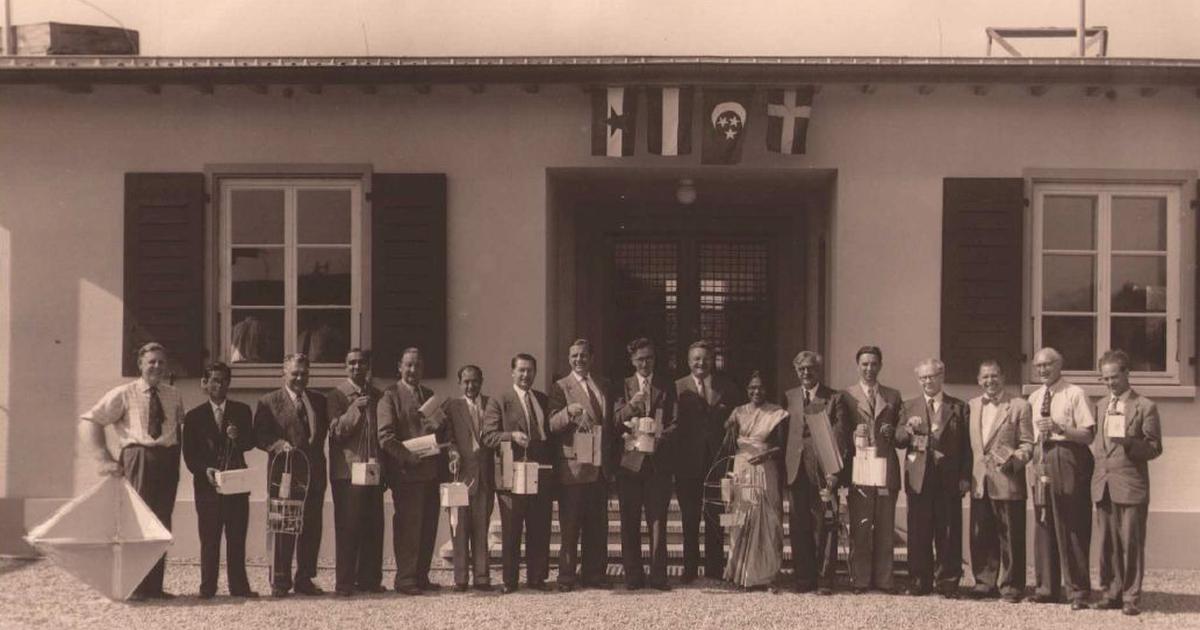
Mani published the Handbook of Solar Radiation Data for India and Solar Radiation over India in the 1980s. In a tribute, her colleague CR Sreedharan stated that both of these books became “Bibles” for those involved in the design and deployment of solar thermal systems in India. At the same time, she founded a company that produced precision instruments for measuring solar radiation and wind speed, and she worked on wind energy projects.
Mani’s life was not always centred on science. In a 1991 interview published in the World Meteorological Organization bulletin, she said, “I’d be very unhappy to wake up without the prospect of some work to do.” “However, once I’ve completed it, I enjoy reading and listening to music.” She was a nature enthusiast, and her pet dogs kept her busy. Violet Bajaj, a friend from her Indian Institute of Science days, recalls that she travelled extensively for work and also visited places like Nainital and the Andamans for recreation. Mani, who never married, had a stroke in 1994 and passed away in 2001.
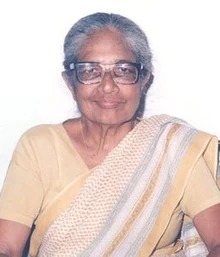
Sur wrote in her essay that Anna Mani “transcended the limited cultural spaces available to her and not only created a room of her own and a laboratory of her own, but [also] a whole workshop, a mini factory of her own.” The sari-clad researcher is a role model a century after her birth, and if Jayaraj’s book is any indication, she may continue to be a beacon for future generations.
Ref: Dr. Abha Sur’s book, Lilavati’s Daughters and also from her various essays.

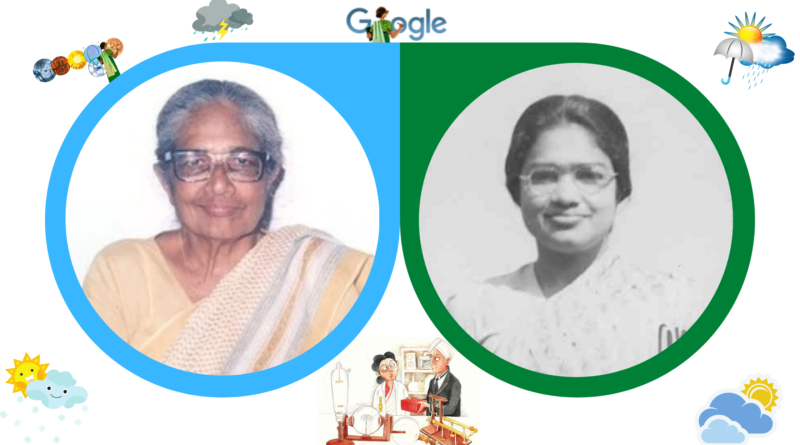



Wohh just what I was looking for, regards for putting up.